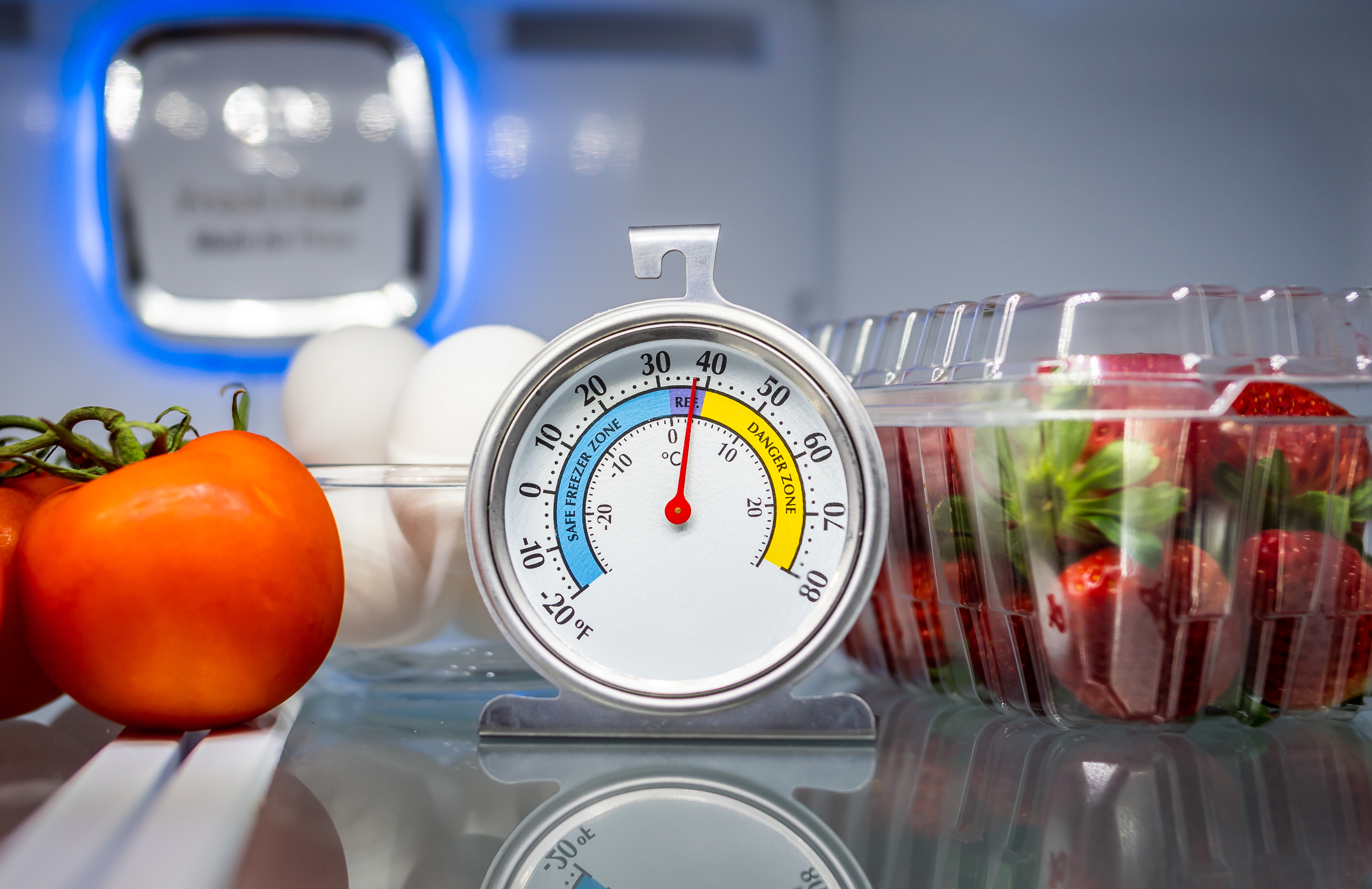When it comes to food safety and preservation, the temperature at which you set your refrigerator is more crucial than you might think. At TheKitchenApplianceDad.com, we understand that setting the right temperature not only helps in keeping your food fresh but also plays a vital role in preventing foodborne illnesses. Today, we’re going to delve into whether 45 degrees Fahrenheit is a safe temperature for your refrigerator.
Why is the Right Refrigerator Temperature Important?
The primary reason to maintain an appropriate temperature in a refrigerator is to inhibit the growth of bacteria and other pathogens that can cause food spoilage and foodborne diseases. Bacteria such as Salmonella, E. coli, and Listeria can grow rapidly at temperatures above 40°F, according to the U.S. Food and Drug Administration (FDA).
The FDA recommends that the refrigerator temperature should be at or below 40°F (4°C). The reason behind this guideline is to keep food safe by slowing the growth of bacteria. This is crucial for the longevity of perishables like dairy, meat, seafood, fruits, and vegetables.

At 45 degrees Fahrenheit, you are teetering on the edge of the safe temperature zone for food storage. While some modern refrigerators may fluctuate slightly above 40°F and still keep food safe, consistently maintaining a temperature of 45°F is risky. Here’s why:
Monitor Regularly: Invest in an appliance thermometer to keep inside your refrigerator. This will give you an accurate reading of the actual temperature, which can differ from the setting on the temperature dial.
Proper Arrangement of Food: Ensure that your fridge is not overpacked as this can obstruct the flow of cold air. Conversely, a fridge that’s too empty won’t retain cold air well. Try to strike a balance.
Regular Maintenance: Keep your refrigerator in good working order. Check the door seals, clean the coils, and defrost if necessary to ensure it’s running efficiently.
Adjust Settings Seasonally: Sometimes, it might be necessary to adjust your refrigerator’s settings depending on the season and the ambient temperature of your kitchen.
To ensure that your refrigerator is set correctly, follow these steps:
By understanding and managing the correct temperature settings for your refrigerator, you can ensure your food remains safe and fresh longer. Remember, when in doubt, always err on the side of cooler temperatures within the safe zone to prevent any risks to your and your family’s health. At TheKitchenApplianceDad.com, we are committed to helping you keep your kitchen appliances performing safely and efficiently.

